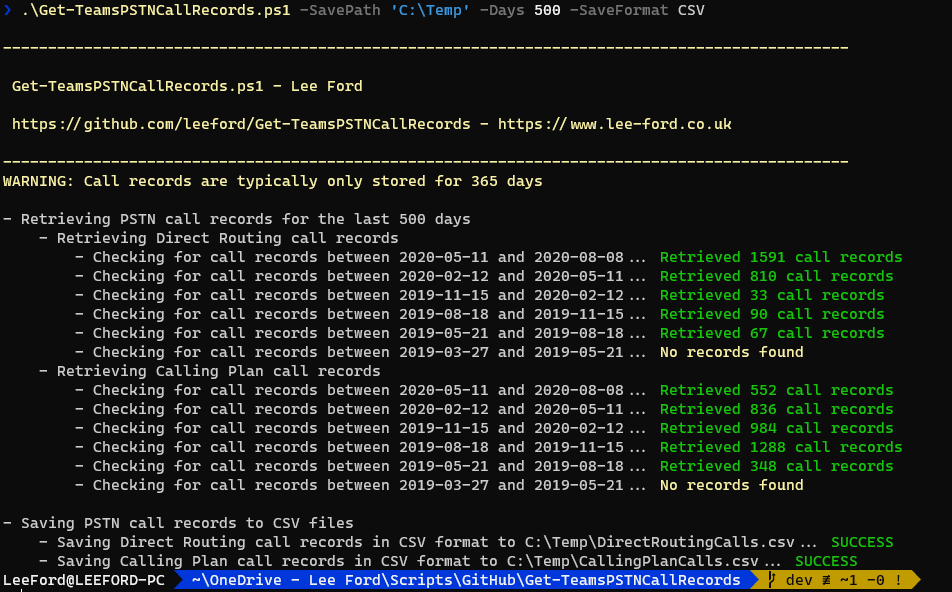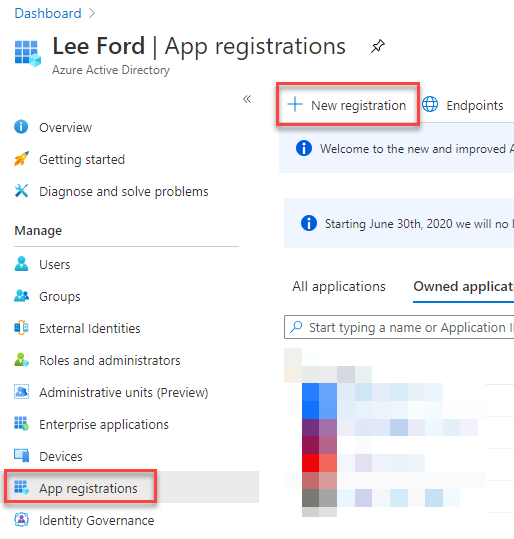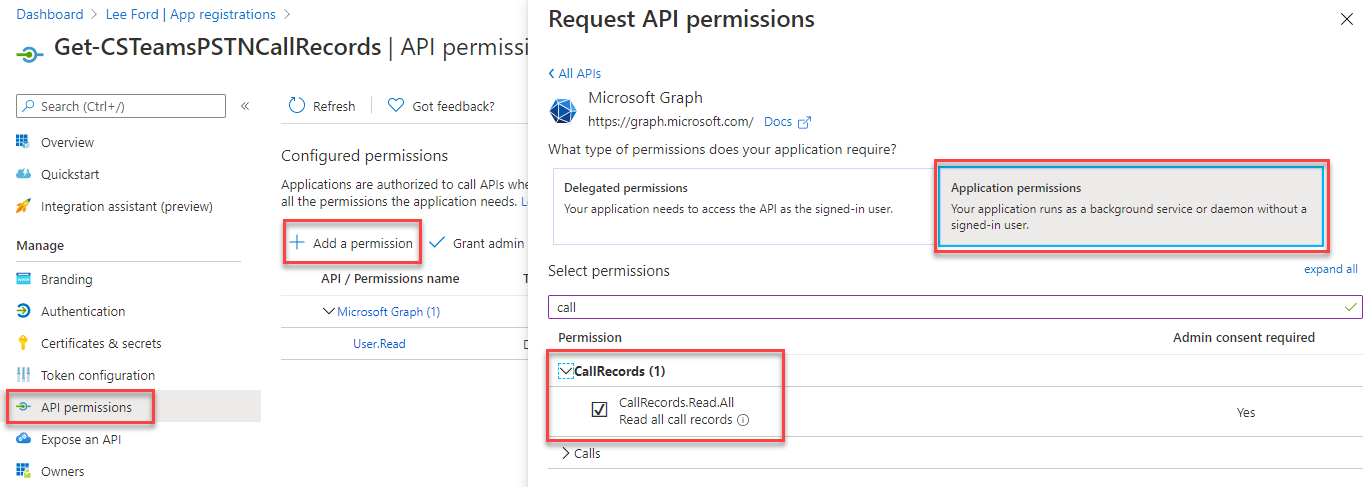Retrieve Microsoft Teams PSTN call records for Calling Plan and Direct Routing users
Disclaimer: This script is provided ‘as-is’ without any warranty or support. The Graph API endpoints in this script are marked as Beta by Microsoft. Use of this script is at your own risk and I accept no responsibility for any damage caused.
Within the Teams Admin Centre there is a PSTN usage report allowing you to report on PSTN calls for Calling Plan and Direct Routing users:
These reports can be a great source of information and one great feature is the ability to export the data to an Excel file. However, there is no way to automate this...
With recently released Graph API endpoints, it is now possible to obtain this information programatically.
This tool will allow you to obtain PSTN call records for a set amount of days and export to either JSON or CSV file format. In addition as this is not using user/delegated permissions, it is possible to run as park of a scheduled task/Azure Runbook.
Note: Currently Microsoft only stores the last 365 days of PSTN call records
Before you can use the tool, you will need to create an Azure AD application with the relevant Graph API permissions:
- Login to Azure portal
- Go to Azure Active Directory > App registrations and select New registration
- Give the app an arbitrary Name and leave the rest as-is and click Register
- Take a copy of the Application ID and Directory ID from the Overview page
- Go to Certificates and secrets and create a New client secret. Again, take a copy of this
- Next, go to API permissions and Add a permission. Select Microsoft Graph and choose Application permissions. Search for CallRecords.Read.All and select Add permissions
- Finally, you need to Grant admin consent for (tenant name)
Note: For now, you need to use the CallRecords.Read.All Graph API permission - Microsoft are currently working on adding a more specific CallRecords.Read.PstnCalls permission, but this was not avaiable as of August 2020 - if that is available in your tenant, use that
With the Application ID, Directory ID and Secret to hand, place these in the relevant variables in the .ps1 script:
I have tested this on PowerShell Core 7 - it may work with Windows PowerShell 5.1, but I have not tried!
Retrieve call records for the last 10 days and save as JSON files:
.\Get-TeamsPSTNCallRecords.ps1 -SavePath C:\Temp -Days 10 -SaveFormat JSON
Retrieve call records for the last 50 days and save as CSV files:
.\Get-TeamsPSTNCallRecords.ps1 -SavePath C:\Temp -Days 50 -SaveFormat CSV








